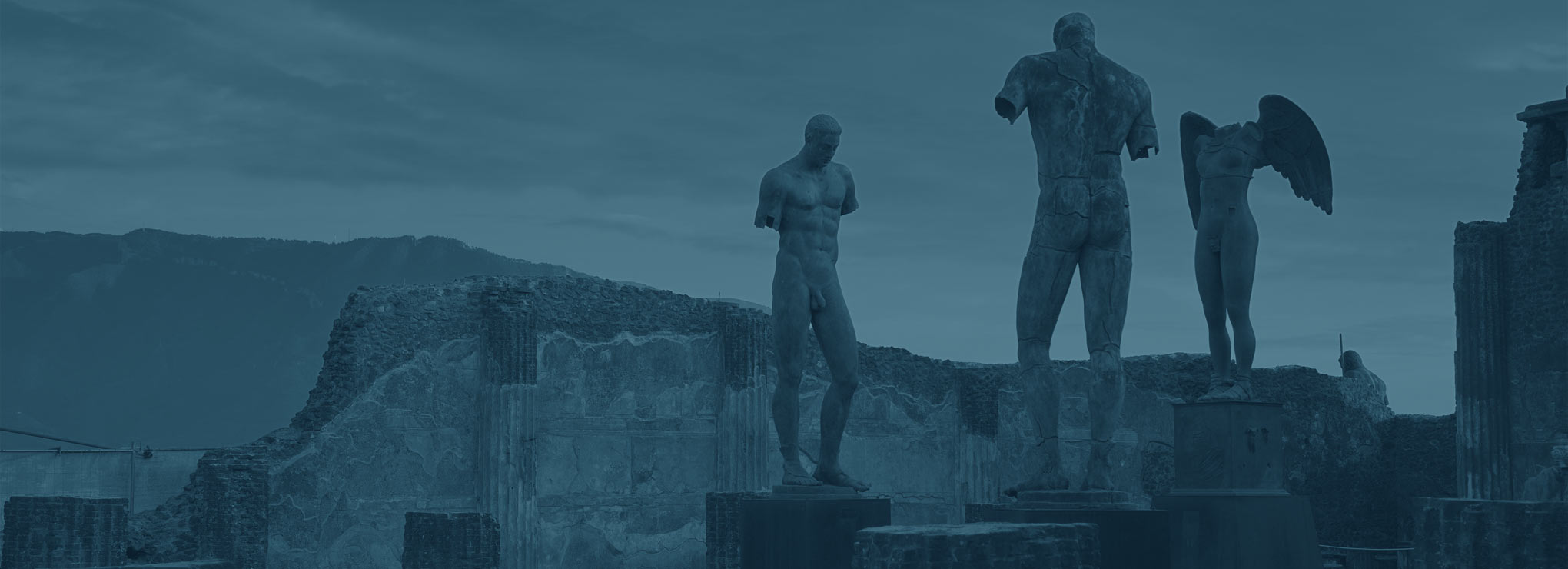
Atlas of Central Asia
Over the past thirty years, many teams have worked in Afghanistan to better define the conditions for the development of the civilizations that flourished there. This work represents, along with the activities of the French Archaeological Delegation in Afghanistan since the beginning of the 20th century, a logical sequel to the great works that have highlighted major archaeological sites such as Aï Khanoum, Dilberdjin, Tilia Tepe, Bamiyan, Lashkari Bazaar ... Much of this work was later carried out with a view to enriching our knowledge and gave rise to numerous surveys in northern Afghanistan.
Project being finalized
This Central Asian Atlas focuses on developing an archaeological database in order to address problems of localization, multi-regional dating, dimensions and interpretation. The latter must endeavor to associate all the bibliographic documentation with its analysis.
Currently, the archeology laboratory of the Ecole Normale Supérieure (UMR8546, CNRS-ENS) has already developed an atlas for the Iron Age in France. The advantage of being able to have a data-processing structure (GIS-Data base) already tested and continuing to evolve is to be able to rely on an acquired. Special wrapping and links to specific bases, standardized upstream will be easily adaptable.
1- Level 1: Qualitative automatic atlas, answering questions where, when, what, with a theme and a sub-theme; All the sites are grouped according to the administrative divisions of the country as well as the river basins. A GPS location (WGS84) is associated for each site.
2- The answers to the questions are guided by the associated database thesaurus (= list of values under filemaker).
3- Level 2: thematic maps finalized by the researchers are proposed according to the previous interrogation, are associated a copyright, a legend, a title with possibility of several layers on the same map. A link to a photo library, an online article, a pdf and even geo referencing some documents can be linked to a point on the map.
The maps are prepared for integration into Chronocarto: it can be a detailed map, a spatial analysis ... This second level works like a publication with an ad hoc committee that validates all the documents.
See Base Asie developed by Michel Cartereau
J. -B. Houal, AOrOc.
https://www.chronocarto.eu/gcserver/login/plogin.jsp?p=Asie_Centrale

